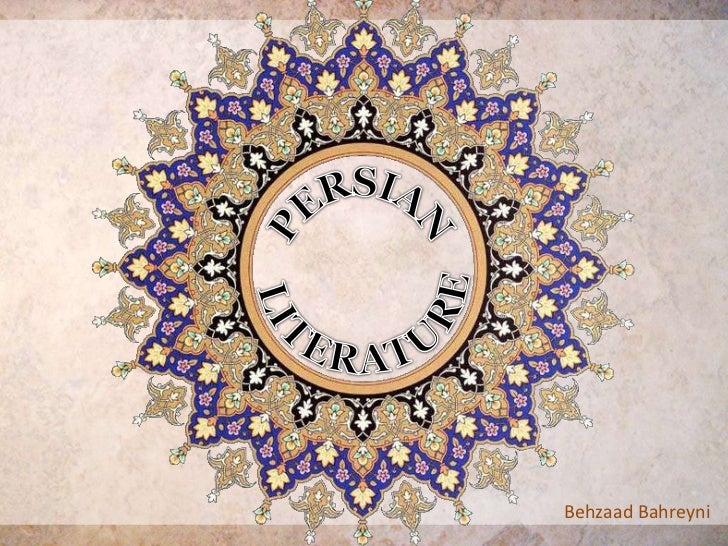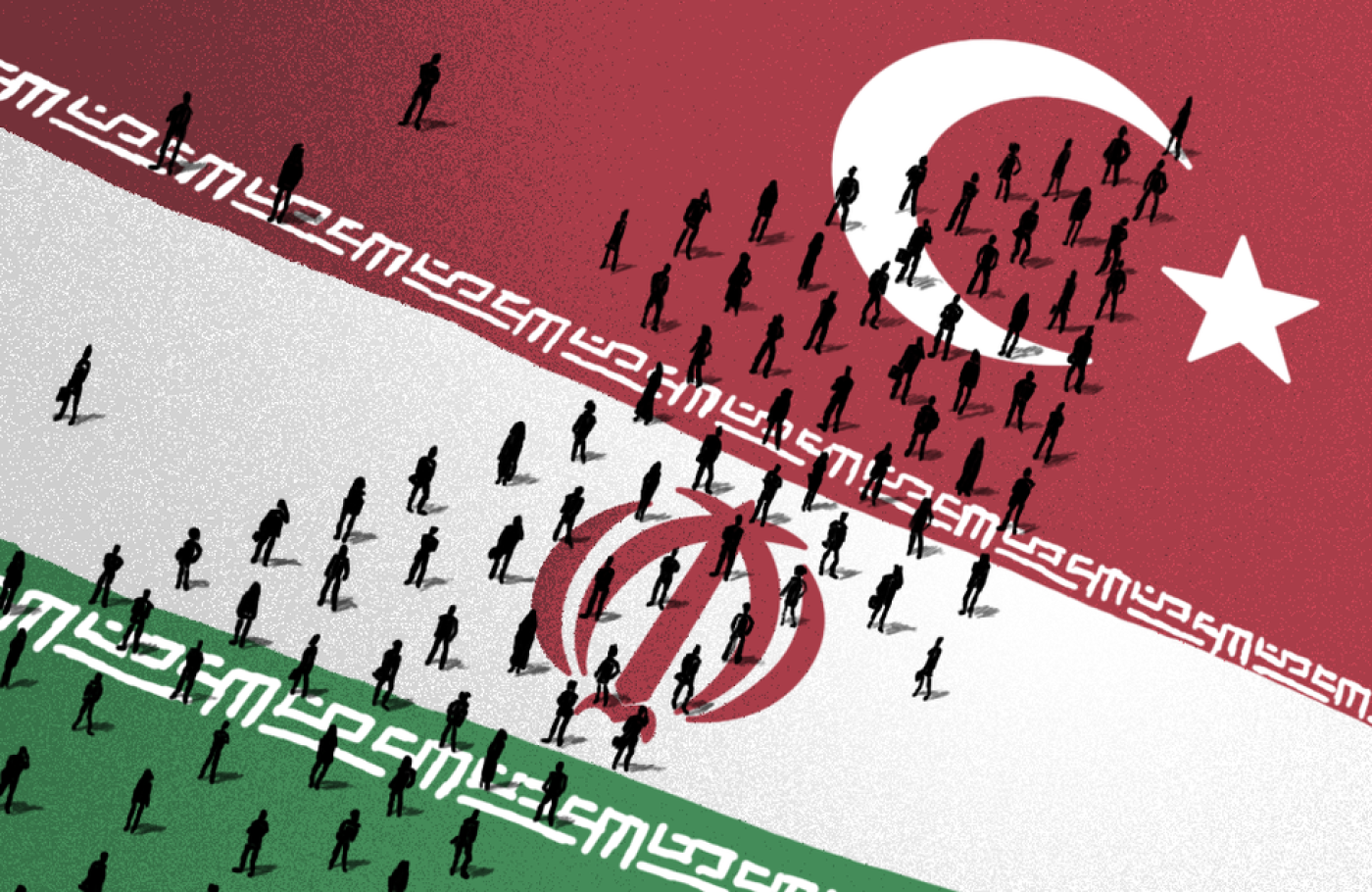Iranian Diaspora Literature

Learn more about: Iranian Diaspora Literature
This article provides context from a personal perspective about the cultural values that are present in the literature of Iran and of many Third World countries. The author, Ardavan Davaran, contrasts those writings with how we study American literature. According to the article, in American literature it is standard for character development, but in Iranian literature, “until recently, the study of Iranian literature, even fiction or drama, which are more recently established genres, was scarcely associated with memorable individual difference and character development.” Daravan further explains that that is purposeful and there is not rich literary tradition in character development. Thus, because of globalization, worldwide literature has been influencing Third World novel writing and dynamic character portrayal. Davaran also discusses differences in social and cultural conditions of the authors of Iranian diaspora since the 1980s based on the host country and immigrant communities they are writing from.
Davaran, Ardavan. “Iranian Diaspora Literature since 1980: Contexts and Currents.” Literary Review: An International Journal of Contemporary Writing, vol. 40, no. 1, 1996. EBSCOhost, search.ebscohost.com/login.aspx?direct=true&db=mzh&AN=1997077153&site=ehost-live.
Learn more about: Female Identities in the Diaspora
Judith Albrecht’s article discusses how Iranian women’s appearances have changed before and after the 1979 Iranian Revolution. The Revolution was unique because many women participated in it and it was broadcasted via the media. Albrecht also discusses the position of women during Iranian diaspora, saying “depending on their previous socialization and social position in Iran, Iranian women of the same generation may lead very different lifestyles, while, on the other hand, shared generational styles can also be a strong connecting factor informing the communication within women’s transnational networks. As a consequence, relationships and connections do not necessarily form in people’s immediate environment or neighborhood, be it in Los Angeles, Berlin, or Tehran, but between people who share similar generational lifestyles or hold corresponding political or social views.” The article also gives experiences and viewpoints about lifestyle and existence from Iranian women in various geographic locations.
Albrecht, Judith. “How to Be an Iranian Woman in the 21st Century?” Heinrich Böll Stiftug Democracy, vol. 40, pp. 47–61., doi:10.3897/bdj.4.e7720.figure2f.
Learn more about: Representations of Post- Revolutionary Iran by Iranian-American Memoirists
“This article is a qualitative analysis of the ways in which post-revolutionary Iran is represented by Iranian American memoirs in the United States. It will offer a contextual analysis of how Iranian American memoirs are promoted and publicized. The study is mainly interested in the ways the memoirs are publicized and promoted by the publication industry and the media, rather than in the more detailed structures of discourse. Meanwhile, it should be acknowledged that providing full critical accounts of the views expressed in the memoirs needs further textual analysis.”
Marandi, Seyed Mohammd, and Zeinab Ghasemi Tari. “Representations of post-revolutionary Iran by Iranian-American memoirists: patterns of access to the media and communicative Events.” ReOrient, vol. 2, no. 2, 2017, p. 146+. Academic OneFile, http://link.galegroup.com/apps/doc/A499494350/AONE?u=udel_main&sid=AONE&xid=d9df1486.
Learn more about: Autobiography and Authority in the Writings of the Iranian Diaspora
“The proliferation of popular memoirs by Iranian American women that began in 2003 engendered a vigorous debate in the scholarly community, particularly among Iranian American scholars. Much of the debate has centered on the perception that the memoirists are offering a personal story that is frequently misinterpreted by its popular readership as a national story, thereby distorting the more accurate picture that can be offered by scholarly research and writing.”
Motlagh, Amy. “Autobiography and Authority in the Writings of the Iranian Diaspora.” Comparative Studies of South Asia, Africa and the Middle East, vol. 31 no. 2, 2011, pp. 411-424. Project MUSE, muse.jhu.edu/article/453355.
Iranian Migration & Education
 Learn more about: Attitudes of Iranian Female Adolescents Toward Education and Non-familial Roles
Learn more about: Attitudes of Iranian Female Adolescents Toward Education and Non-familial Roles
In Nayeri’s Refuge: a Novel, Niloo Hamidi is very driven by her education and work life, often neglecting her family as a result. This article underscores the attitudes of high school age Iranian women on education and non-familial intentions. It discusses how the adolescents in the article have been exposed to governmental politics that would assure that they upheld traditional Islamic values in reference to marriage, childbearing, and household roles.
Learn more about: Iranian Refugees fleeing to the UK
“Iran ranks as the 18th worst country in the world for freedom of expression. As a result, scores of human rights defenders and political activists remain behind bars for their peaceful activism, with little idea of when or if they will be freed. Laws surrounding notions of modesty, morality and public decency are also incredibly strict: just this week a young couple was arrested after a video clip of their public marriage proposal went viral…” Read More
Learn more about: Trump Travel Ban affecting Refugees
“During the first full week of Trump’s presidency (Jan. 21-27), 870 refugees from the restricted countries entered the U.S., accounting for 43% of all refugee admissions during this time. The following week, Jan. 28 to Feb. 3, refugee admissions from the seven restricted countries all but stopped after Trump’s executive order took effect (excluding two refugees from Somalia and Iraq). They then resumed shortly after the federal courts stepped in…” Read More
Back to Refuge: A Novel Homepage
Sydney Gualtieri ’19


